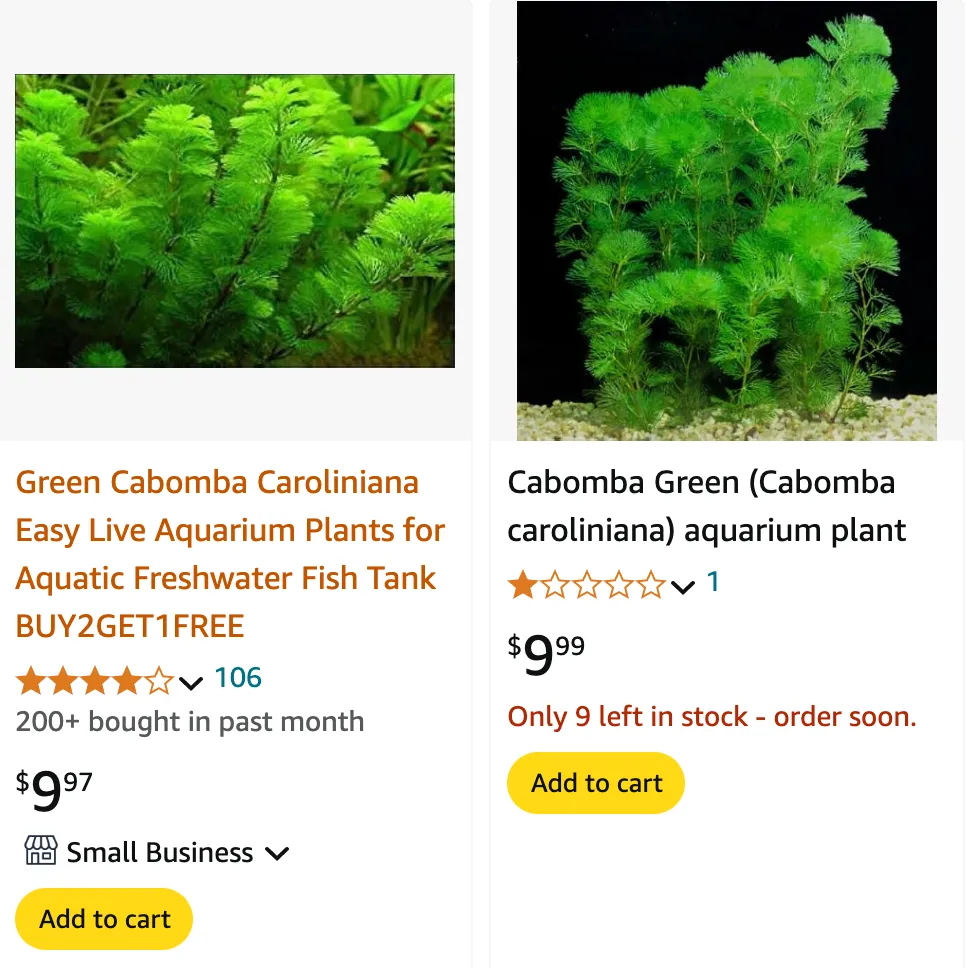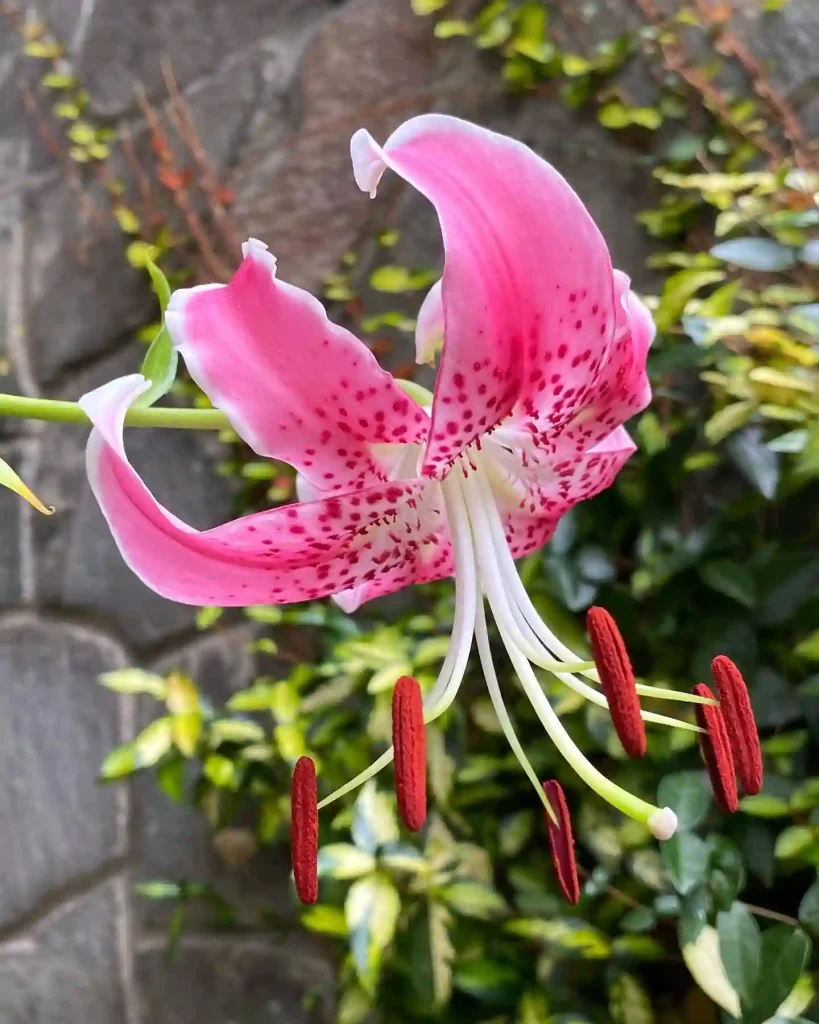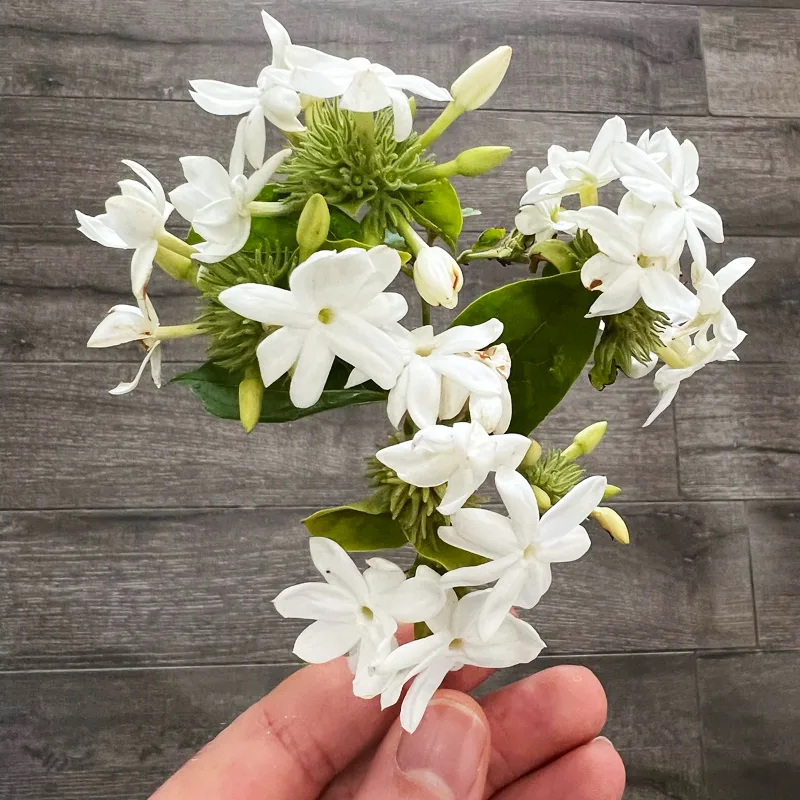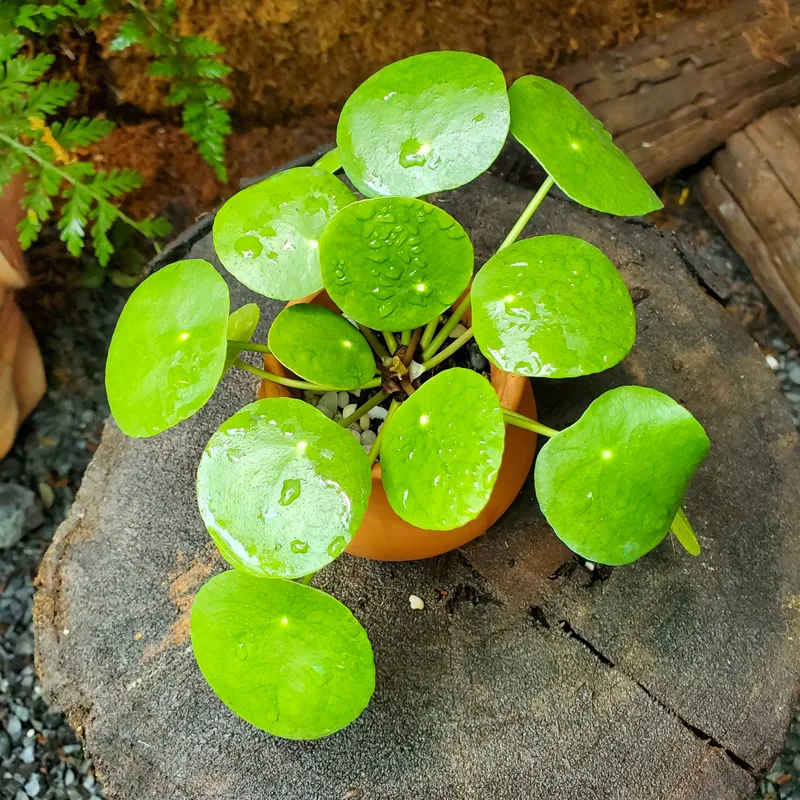
FAQs About Cabomba Caroliniana: Everything You Need to Know
Cabomba Caroliniana, also known as Carolina Fanwort, is a stunning aquatic plant that can add lush greenery to your water garden or aquarium. Its delicate, fan-shaped leaves make it a favorite among aquatic plant enthusiasts. Here’s a comprehensive guide to help you understand how to grow, care for, and compare Cabomba Caroliniana with other aquatic plants.
Plant FAQs: Carolina Fanwort – Cabomba Caroliniana
What is Cabomba Caroliniana?
Cabomba Caroliniana is a submerged aquatic plant native to the southeastern United States. It’s popular for its attractive foliage and its ability to thrive in a variety of water conditions. This plant features finely divided leaves that resemble a fan, giving it a unique and elegant appearance. It can grow up to 2 feet in height, making it a standout addition to any aquatic setting.
How to Grow Cabomba Caroliniana?
Growing Cabomba Caroliniana is relatively straightforward, but there are a few key factors to consider:
- Water Conditions: Cabomba Caroliniana thrives in slightly acidic to neutral water with a pH range of 6.0 to 7.0. It prefers soft to moderately hard water. Ensure that the water temperature remains between 68°F and 78°F.
- Lighting: This plant requires bright, indirect light to flourish. If you’re growing it in an aquarium, fluorescent or LED lights designed for aquatic plants work well. In a pond, ensure the plant receives adequate sunlight but avoid direct, harsh rays that can cause algae growth.
- Substrate: A nutrient-rich substrate or aquatic plant soil is ideal for Cabomba Caroliniana. It can be planted in the gravel or substrate of your aquarium or pond. Make sure the roots are well-anchored for healthy growth.
- Water Flow: Moderate water flow helps keep the plant’s leaves clean and promotes better growth. Ensure there is gentle movement in the water to mimic its natural habitat.
How to Care for Cabomba Caroliniana?
Proper care is essential for maintaining the health and beauty of Cabomba Caroliniana:
- Pruning: Regular pruning is necessary to prevent the plant from becoming too leggy. Trim the plant to maintain its shape and remove any dead or yellowing leaves.
- Nutrient Supplementation: While Cabomba Caroliniana can absorb nutrients from the water, adding a liquid fertilizer designed for aquatic plants can boost its growth and color.
- Water Changes: Regular water changes help keep the water clean and free from excess nutrients that can lead to algae growth. Aim for a 25% water change weekly.
- Pest Control: Keep an eye out for common pests such as algae or snails, which can affect the plant’s health. Manual removal or natural predators can help manage these issues.
How to Propagate Cabomba Caroliniana?
Propagating Cabomba Caroliniana is quite simple:
- Cuttings: Use clean scissors to cut healthy stems from the plant. Make sure each cutting has a few leaves and is about 4 to 6 inches long.
- Planting: Place the cuttings in a nutrient-rich substrate or plant them in your aquarium. Ensure the cuttings are anchored well and submerged in water.
- Care for Cuttings: Maintain optimal water conditions and provide bright, indirect light. The cuttings should develop roots and grow into new plants within a few weeks.
Cabomba Caroliniana vs Hornwort
Cabomba Caroliniana and Hornwort are both popular aquatic plants but have distinct differences:
- Appearance: Cabomba Caroliniana has fan-shaped leaves that are arranged in whorls around the stem, giving it a more delicate and elegant appearance. Hornwort (Ceratophyllum demersum) has needle-like leaves that are arranged in whorls and tends to have a more bushy appearance.
- Growth Habit: Cabomba Caroliniana typically grows upright and can reach heights of up to 2 feet. Hornwort, on the other hand, can grow in a more bushy or floating manner and can reach lengths of up to 6 feet.
- Care Requirements: Both plants have similar care needs, such as bright light and nutrient-rich water. However, Hornwort is more tolerant of a wider range of water conditions and can even thrive in slightly lower light conditions.
What to Plant With Cabomba Caroliniana?
Cabomba Caroliniana pairs well with other aquatic plants that have contrasting leaf shapes and growth habits. Some good companions include:
- Anubias: With its broad, leathery leaves, Anubias provides a nice contrast to the delicate foliage of Cabomba Caroliniana.
- Java Fern: The rugged appearance of Java Fern complements the elegant look of Cabomba Caroliniana and provides additional coverage for aquatic creatures.
- Cryptocoryne: This plant’s varied leaf shapes and colors create a dynamic and visually interesting aquatic environment.
Can You Grow Cabomba Caroliniana Indoors?
Yes, Cabomba Caroliniana can be grown indoors in aquariums or hydroponic setups. Ensure that your indoor setup provides the necessary light, water conditions, and substrate for optimal growth. Regular maintenance and monitoring are key to keeping the plant healthy indoors.
Is Cabomba Caroliniana Toxic?
Cabomba Caroliniana is generally not considered toxic to humans or pets. However, as with any plant, it’s best to avoid ingestion and keep it out of reach of young children and animals.
Benefits of Cabomba Caroliniana
- Aesthetic Appeal: Its delicate, fan-shaped leaves add beauty and elegance to any aquatic setting.
- Oxygenation: It helps improve water quality by oxygenating the water and absorbing excess nutrients.
- Habitat: Provides cover and habitat for aquatic creatures, promoting a balanced ecosystem.
Common Problems with Cabomba Caroliniana
- Algae Growth: Excessive algae can hinder the plant’s growth. Regular maintenance and proper water conditions can help prevent this issue.
- Leaf Drop: Poor water conditions or insufficient light can cause leaf drop. Ensure optimal care and lighting to maintain healthy foliage.
Cabomba Caroliniana is a beautiful and versatile aquatic plant that can enhance the look of your aquarium or pond. By following these guidelines, you can successfully grow and care for this plant while enjoying its many benefits.
If i die, water my plants!



